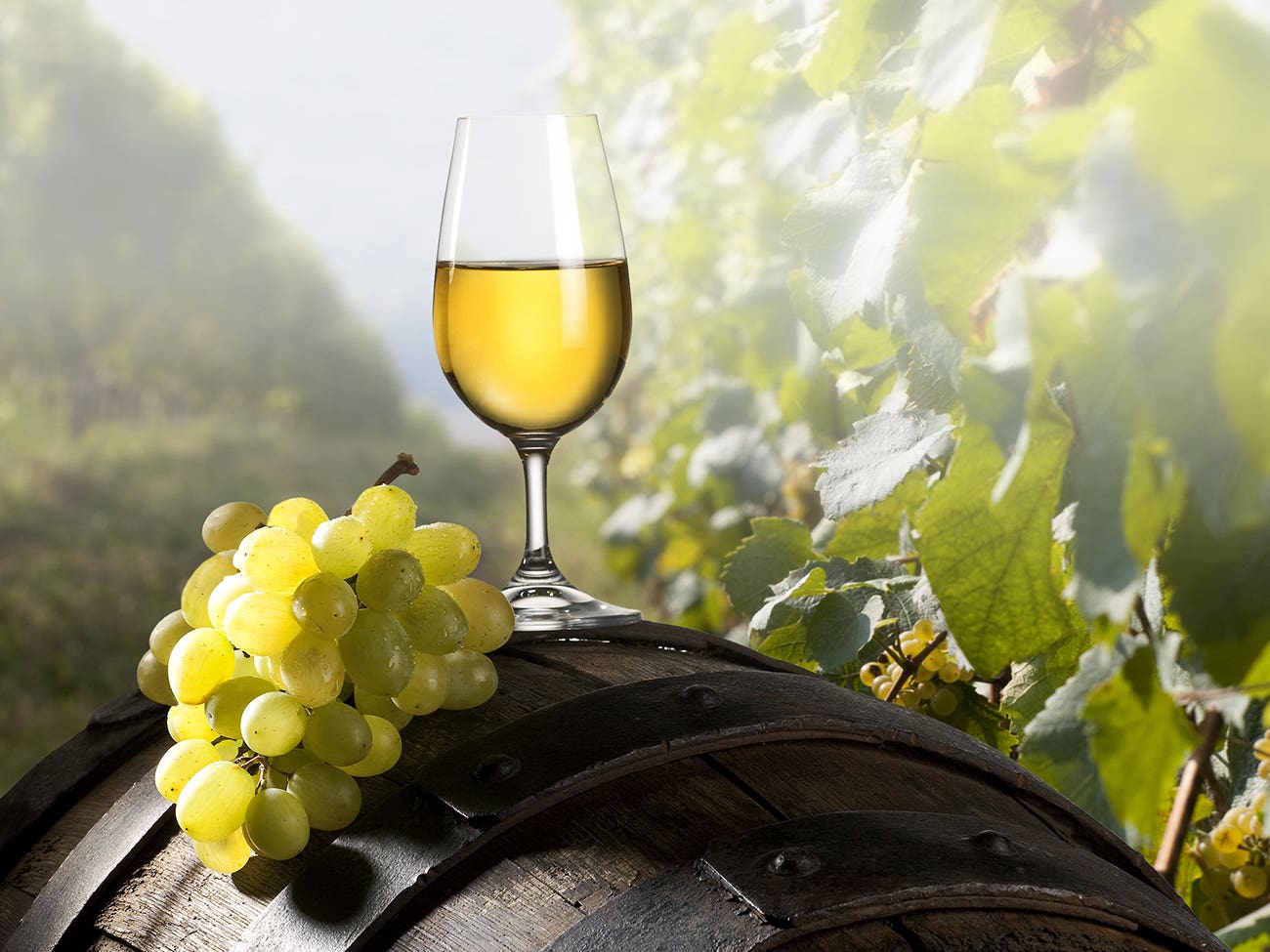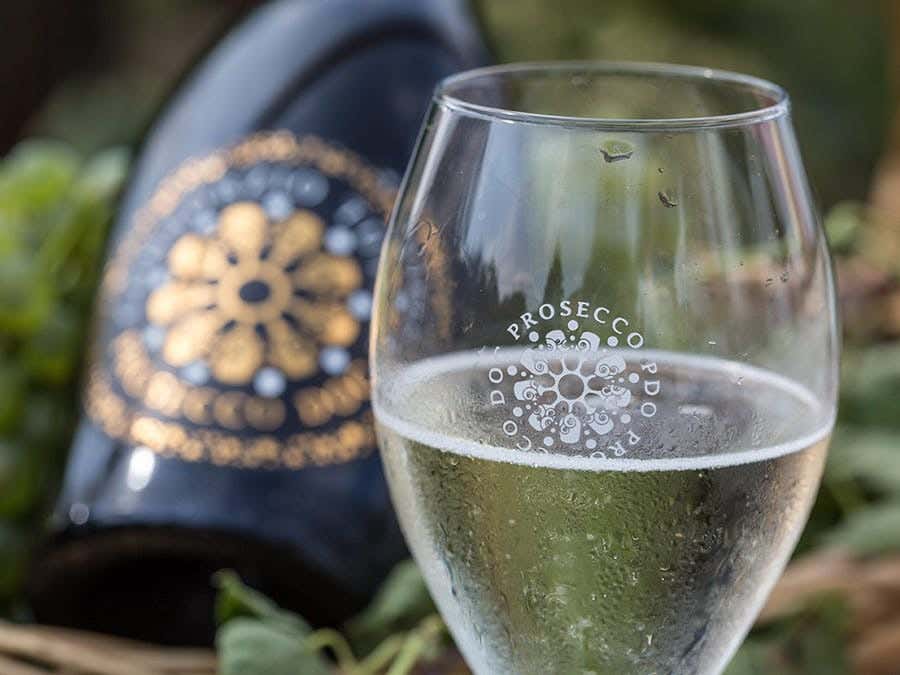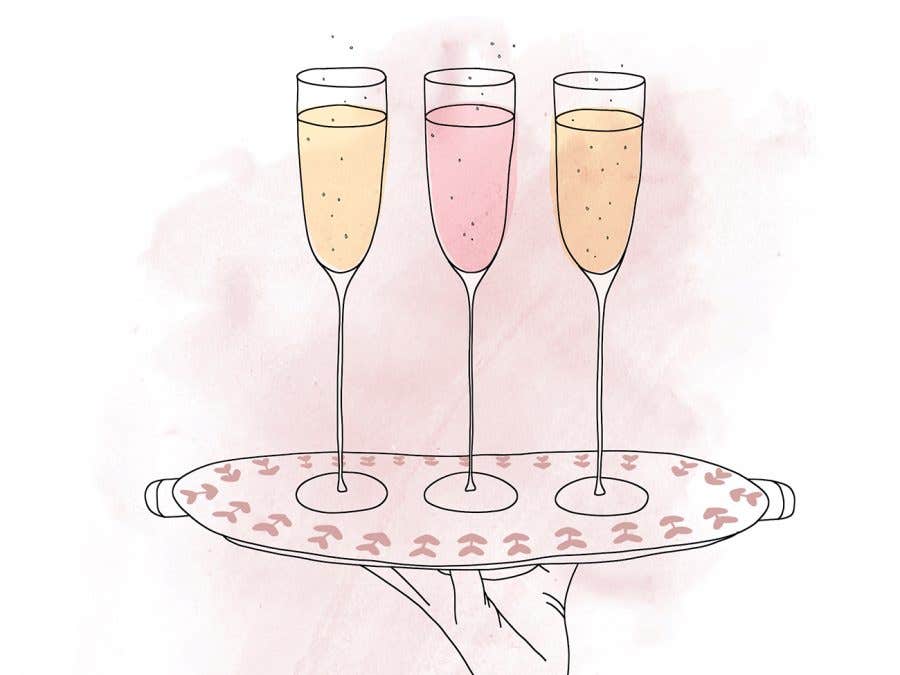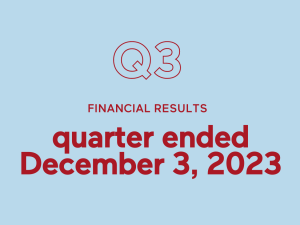

Ample
Used to describe a wine with a broad aromatic profile, as experienced in the mouth.
Fresh, lively, green
These terms refer to the level of acidity in the wine. They are placed above in their order of intensity. A fresh wine has an agreeable acidity and is refreshing. But as you advance in the list, the more acidity is present. A wine with a lack of acidity is referred to as “soft.”
Thin
A pejorative term. This is used for wines that lack character, structure, body and robustness.
Round, fleshy, fat
These adjectives refer to the texture and consistency of the wine. As a comparison, think about the difference in mouthfeel between skim milk, 2% milk, 3.25% milk and creams with 10% or 15% fat.
Complex
A wine is complex if it presents rich and varied aromas that come from a variety of classes of aromas. Thus, one would be able to find notes of fruit (cherry, citrus, apple, red fruit, dried fruit, etc.), notes of spice (pepper, cinnamon, vanilla, etc.), vegetal notes (vegetables, herbs, undergrowth, etc.), floral notes (flowers, chamomile), mineral notes (rock, metal), animal notes (leather, fur, game) and scents that are usually found in roasting or combusting. In short, the more complex the wine, the more the variety of odours. The opposite of a complex wine is one that is simple.


Dry, sweet
These terms are opposites. A dry wine is one with no perceptible sugar content and a sweet wine is one with obvious sugars.
Short, long
These adjectives refer to the persistence of the wine in the mouth. Some wines release pleasant aromas for a long period of time, which is an essential characteristic of a great wine. This odour- and taste-related persistence is measured in either caudalies or seconds.
Light-bodied, full-bodied, generous, heavy
These terms refer to the intensity of the alcohol and structure of the wine. Light-bodied wines are discreet, simple and leave less of a lasting impression in the mouth than fuller bodied wines, which have stronger personalities and more structure, intensity and length in the mouth. Once you get beyond “generous,” wines with too-present alcohol levels may be best described as “heady,” “heavy” or even “hot.”
Related Posts
-
Read more
SAQ shelves are lined with more than 150 wines and spirits produced abroad and bottled here, a process that has a positive impact on the environment and workforce in the province.
-
Read more
In recent years, Prosecco DOC (Denominazione Di Origine Controllata) sales have dizzying new heights. Read on to learn more about the accessible bubbles adored the world over.
-
Read more
Bubbly’s rising popularity has resulted in a wide variety of bottles to choose from. Here’s a handy guide to finding the one that’s right for you!
 Free in-store delivery with purchases of $75+ in an estimated 3 to 5 business days.
Free in-store delivery with purchases of $75+ in an estimated 3 to 5 business days.













